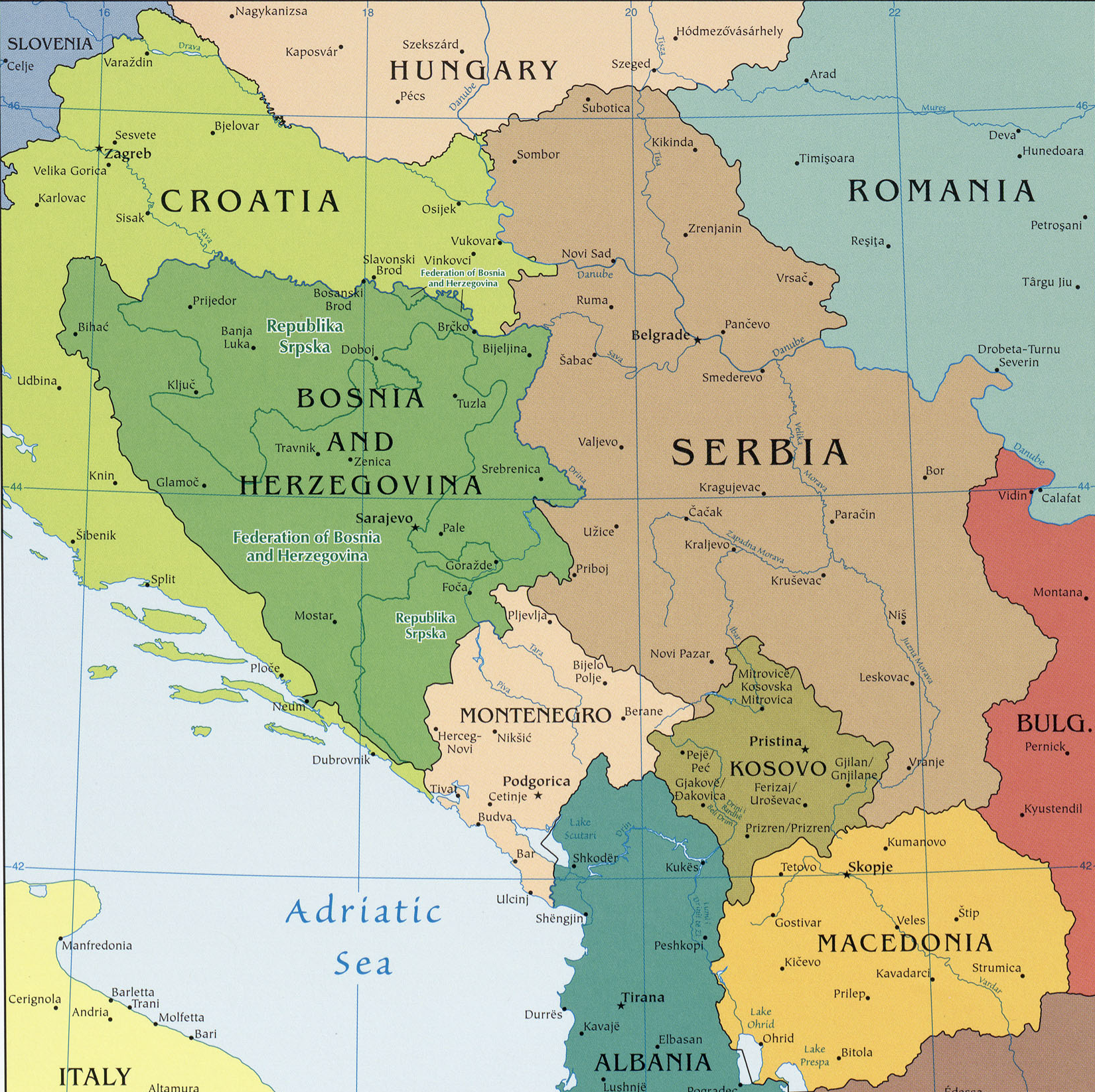City Center Road Sign

The Airport Road was one of the most dangerous stretches of land in Sarajevo during the war in Bosnia. The road straddled front-line positions between Serb and Muslim forces. Known as the airport “sniper’s alley”, it was the main road from the airport to the City Center. It was where ABC Producer David Caplan was shot and killed in July 1992. Here is how the New York Times correspondent, John Burns, described it in September of 1992:
“On the map, the trip across the lines of the Sarajevo siege doesn’t look like much, just a quick journey from the outer suburbs into the city center. In a rented Russian jeep, with jerry-cans of spare fuel making the vehicle into a mobile Molotov cocktail, it is a passage through hell.
Blackened, burned-out houses set back 50 yards from the road, eerily still, serve as sniper hideouts. Driving flat out, with windows closed and flak jackets pulled up around their necks, those making the trip can sometimes hear shots being fired and mortars exploding. The litter of spent shell casings lie on the road, where there are gaping holes made by mortars, and the blasted wrecks of tanks and trucks.
From the Serbian-held suburb of Ilidza to the relative sanctuary of the United Nations headquarters inside the Bosnian Government lines, less than three miles away, takes only a few minutes, but most who make the dash will never forget it. Many spend hours or days preparing, calculating the least hazardous moment, emblazoning their vehicles with flags and stickers identifying them as foreigners, consulting with others who have made the journey or waiting for a United Nations military convoy to follow. But in the end, it is a leap of hope.”
The sign contains holes created by tank rounds as well as hundreds of bullet holes and shrapnel marks incurred during intense fighting in the area. The sign was obtained by Bosniac soldiers adter hostilities in the area ended. The sign is currently on display at the Newseum in Washington, DC.
